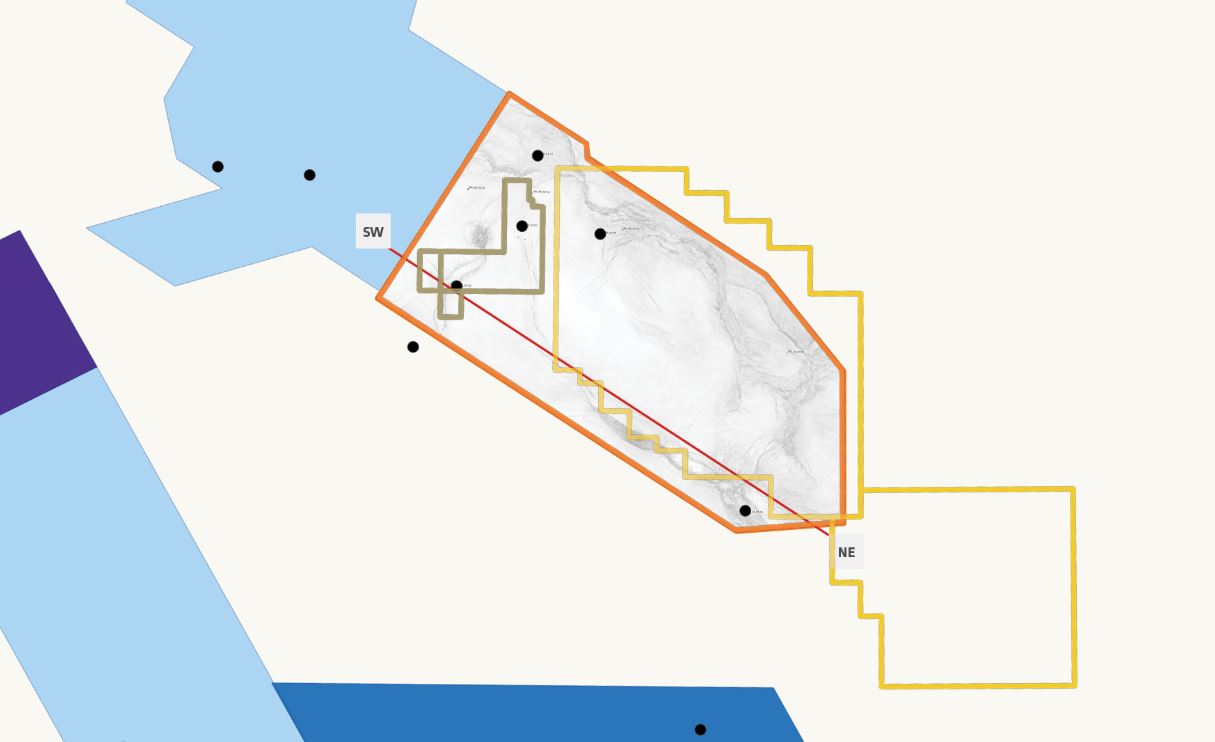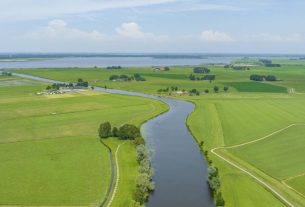Norway – In the Egersund Basin, PGS has finished a targeted data rejuvenation effort using broadband reprocessing of seismic collected in 2005. The revised dataset, known as PGS22004EGB, offers higher signal-to-noise ratio, greater velocity definition in the overburden, and increased data bandwidth at the reservoir target level.
Oil exploration and production, primarily from the Yme field, dominated industrial interest in the Egersund Basin, which is southwest of Stavanger and is between the Norwegian-Danish Basin and the Stavanger Platform in the North Sea. The range is getting larger because to new carbon storage licenses.
Thick Cretaceous and Jurassic shales in the region seal proven Middle Jurassic reservoir sands. A greater understanding of trap geometries and the risk of leakage in the surrounding sealing rocks was needed in order to assess the potential of those reservoirs for large-scale CO2 storage.
Comprehensive study
High-resolution data with a special focus on the near-surface were necessary because the Egersund Basin is greatly influenced by tectonic structure and salt flow. To ascertain the vertical extent and link to the reservoir target level, a comprehensive study of fault patterns in the overburden is required.
Broadband processing methods such complete 3D deghosting, sophisticated 3D demultiple procedures, and 4D-regularization have been incorporated into the processing loop. FWI and reflection tomography were utilized to create a more precise and reliable velocity model for the final Kirchhoff pre-stack depth migration.




